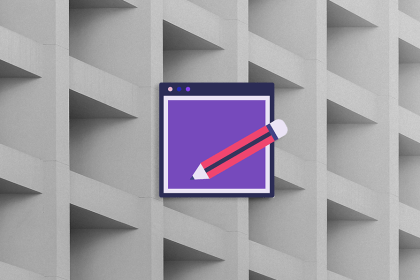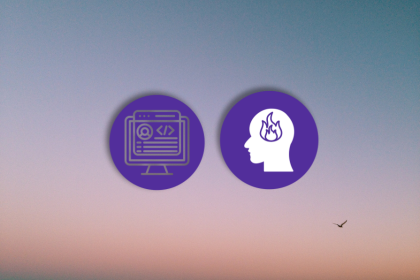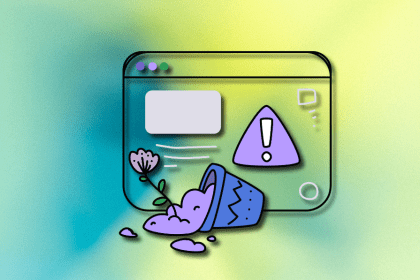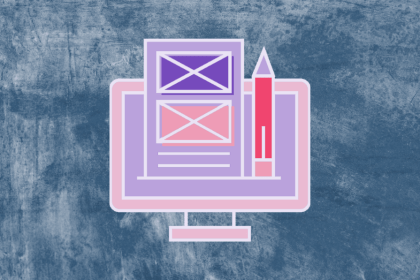
Discover how to craft UX-friendly hero sections with examples, design tips, and strategies that drive engagement and conversion.

Designers are automating faster than they’re thinking. Learn why overreliance on AI is hurting UX and how to use it without losing creativity.

The “modern” UI/UX era is already aging. I believe the next wave of design will change how users see — and feel — technology. Here are my predictions for what’s coming next.

Sometimes a new color palette does the job. Other times, you need to rethink your product from the ground up. Here’s how to tell which kind of redesign your UX needs.

Shipping modern frontends is harder than it looks. Learn the hidden taxes of today’s stacks and practical ways to reduce churn and avoid burnout.

Read about how the growth of frontend development created so many tools, and how to manage tool overload within your team.

Explore how Stack Overflow’s slow collapse affects programming and the possible future for Stack Overflow vs. generative AI competition.

Improve the old-fashioned debugging JavaScript workflow by effectively using some lesser-known Chrome DevTools console features.

We’ve all made silly mistakes in apps — clicked the wrong thing, deleted a file too soon. This guide walks through 12 real UX examples that help users avoid those moments entirely.

Asking better design questions means fewer vague answers and more progress. Here’s how to replace dead-end prompts with feedback that works.

Although designers use them interchangeably, style guides and design systems are two different tools with their own strengths and weaknesses.

Neon lights, chunky buttons, and pixel-perfect nostalgia — retro-futurism in UX is more than a vibe. It’s a strategy. And here’s how to use it.